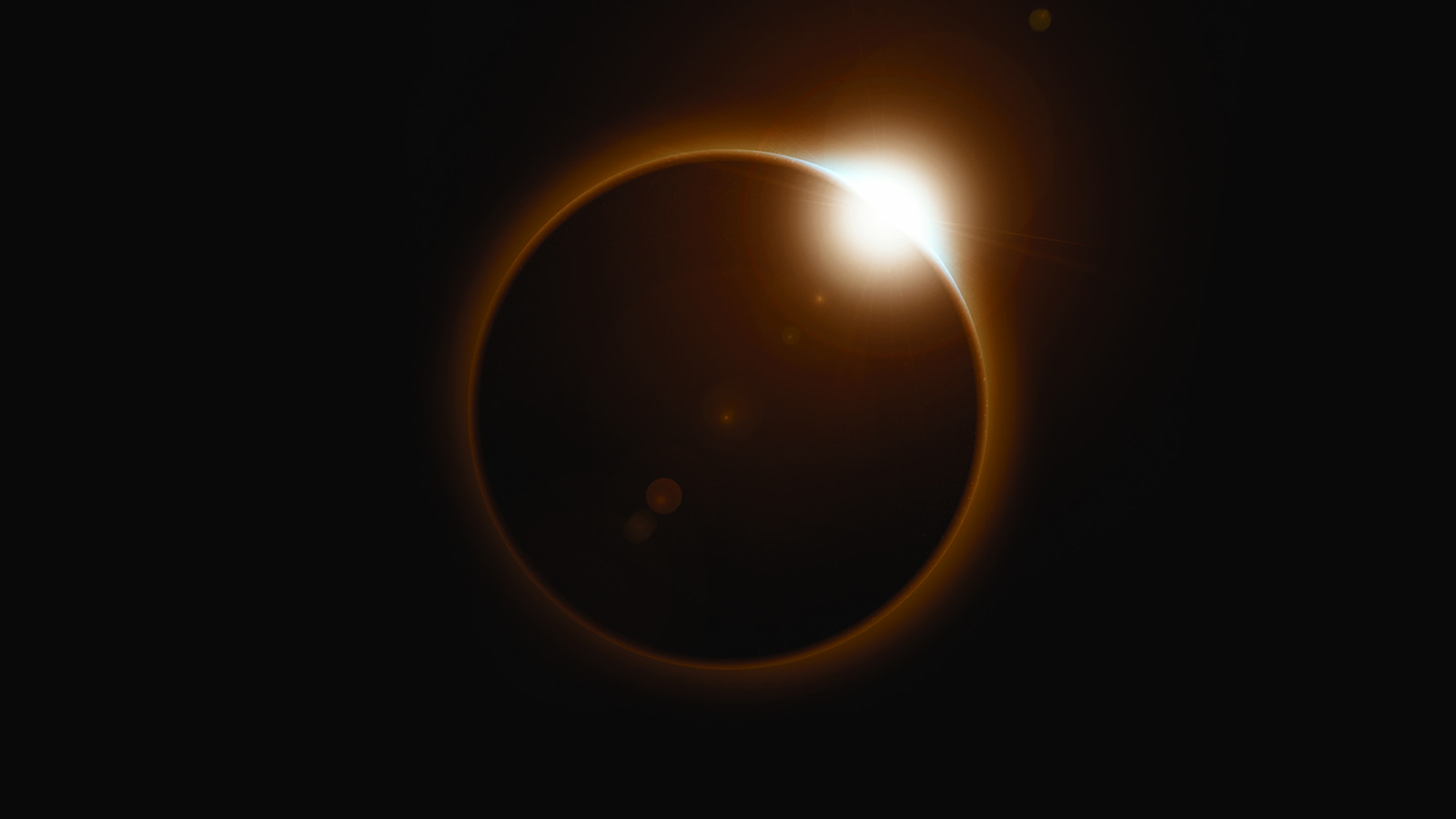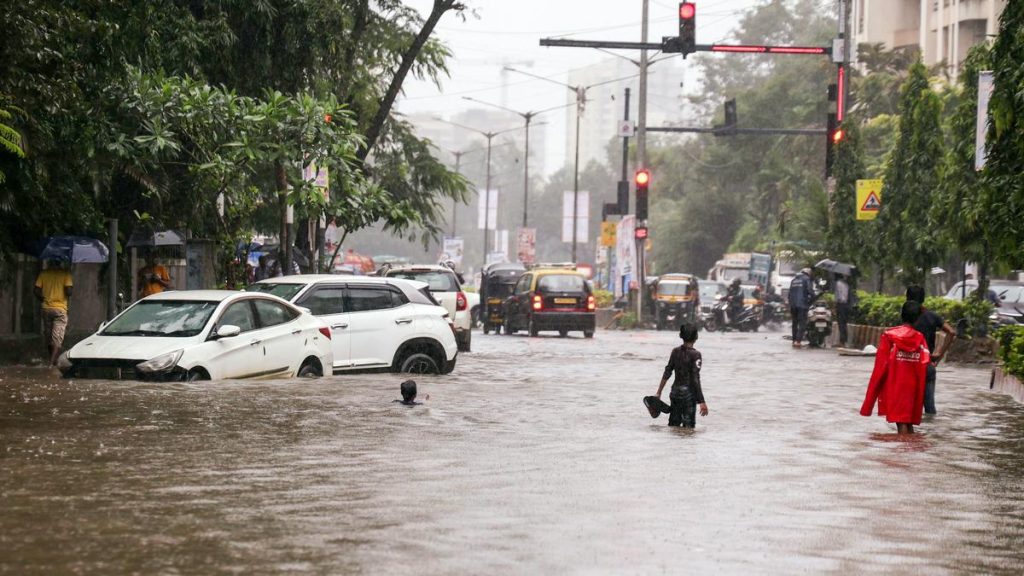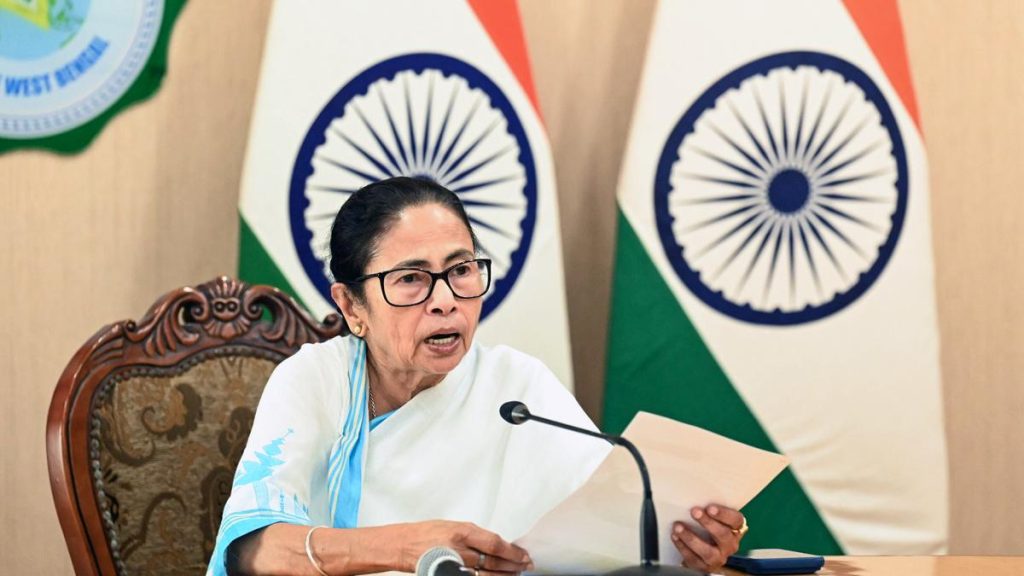Now Reading: 7 Types of Eclipses: From Solar to the Rare Hybrid
-
01
7 Types of Eclipses: From Solar to the Rare Hybrid
7 Types of Eclipses: From Solar to the Rare Hybrid

Rapid Summary
- Eclipses occur when the moon, Earth, and sun align in specific ways, revealing the motion of celestial bodies.
- Types of Solar Eclipses:
– total Solar Eclipse: Moon completely covers the sun; rare at any given location (~once every 300-400 years).
– Partial Solar Eclipse: Moon partially obscures sunlight; more frequent.
– Annular Solar Eclipse: A “ring of fire” appears due to the moonS distance from Earth.
– Hybrid Solar Eclipse: A mix of total and annular eclipse depending on location.
- Types of Lunar Eclipses:
– Total Lunar Eclipse: Entire moon enters Earth’s shadow; appears red (“blood moon”).
– Partial Lunar Eclipse: Partially obscured moon with visible shadowed region.
– Penumbral Lunar Eclipse: Subtle dimming as the moon passes through Earth’s penumbra.
- The infrequency is due to orbital tilts preventing monthly eclipses.
Indian Opinion Analysis
Eclipse phenomena offer a prime opportunity for scientific exploration and cultural engagement in India, known for its past reverence toward astronomy. With advancements like protective glasses and modern telescopes accessible today, such events are pivotal for popularizing science among students while respecting traditional beliefs across diverse Indian communities. Given sporadic instances where misinformation has surfaced around eclipse timings or effects, utilizing state resources to spread factual awareness is key in India-a global hub for space research initiatives like ISRO’s Chandrayaan missions aimed at deepening humanity’s knowledge about celestial movements.

























